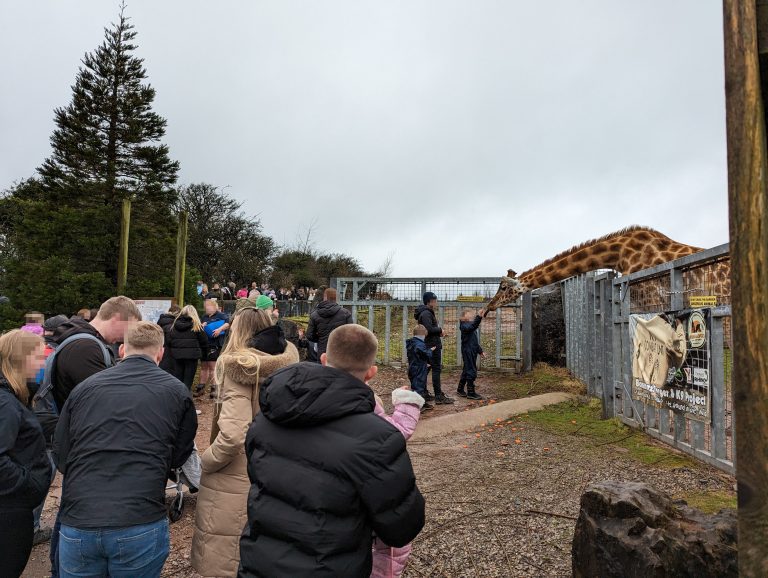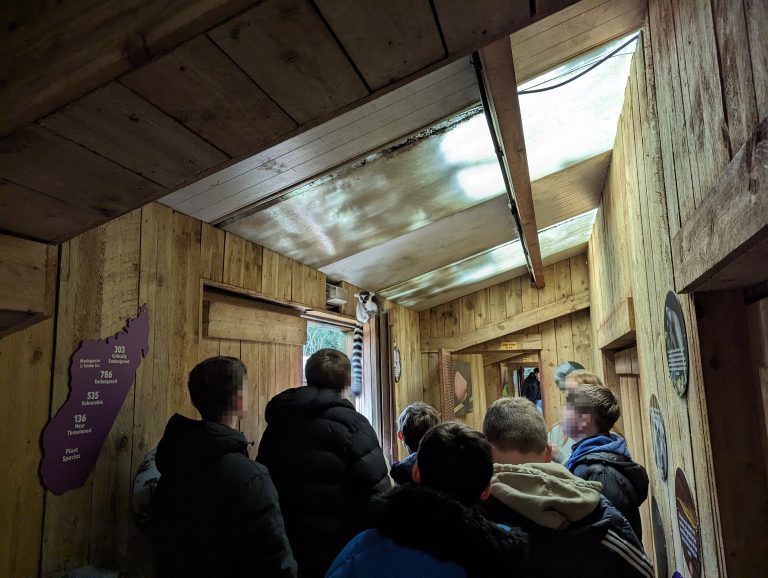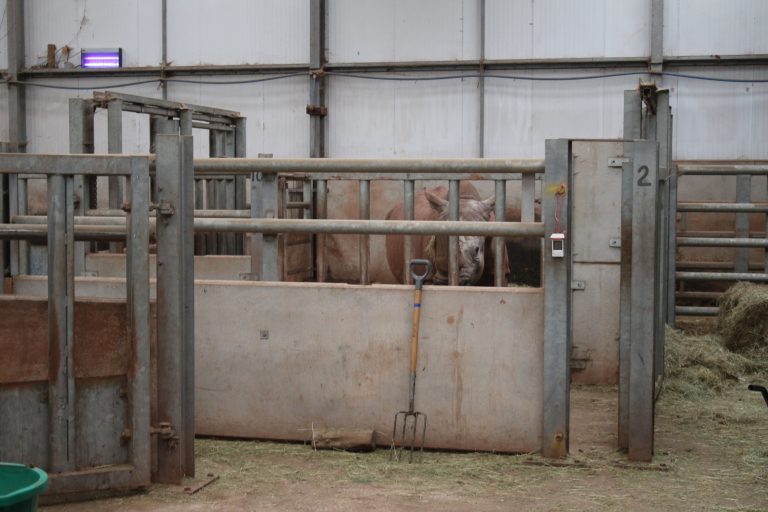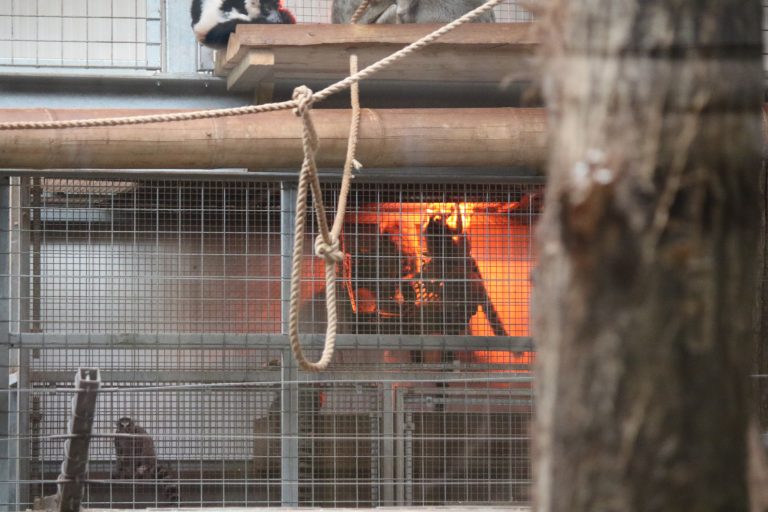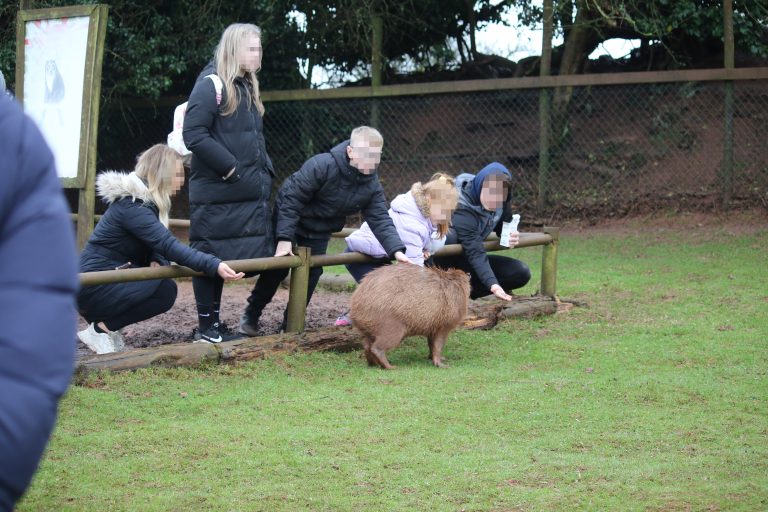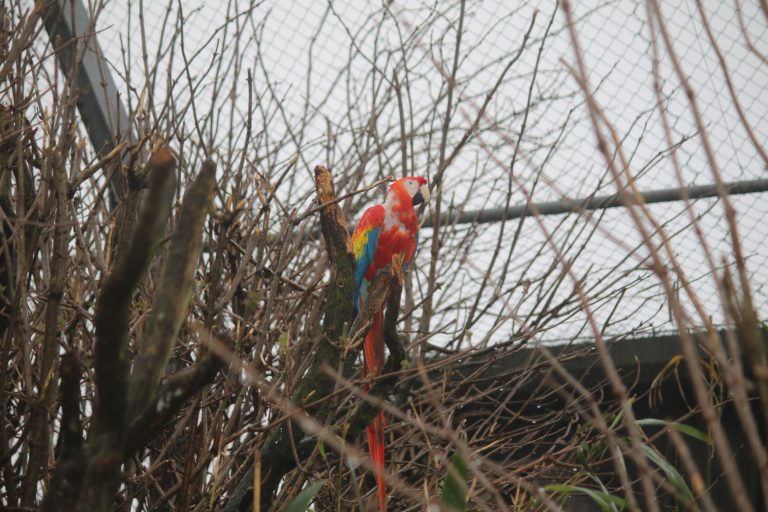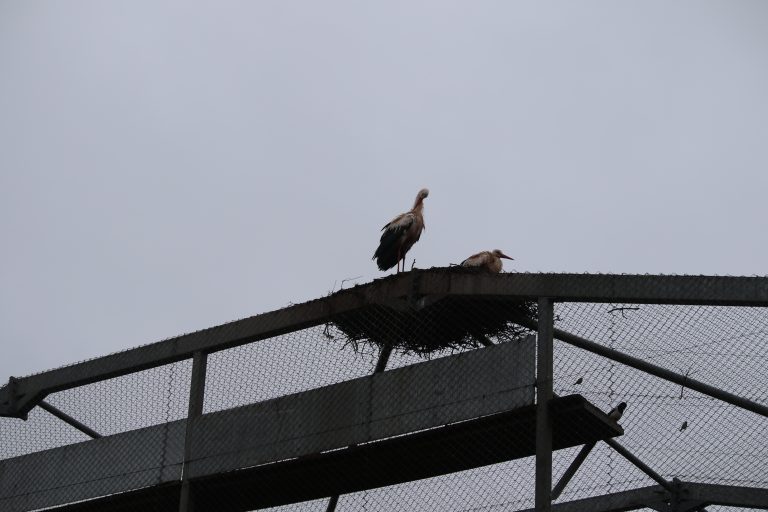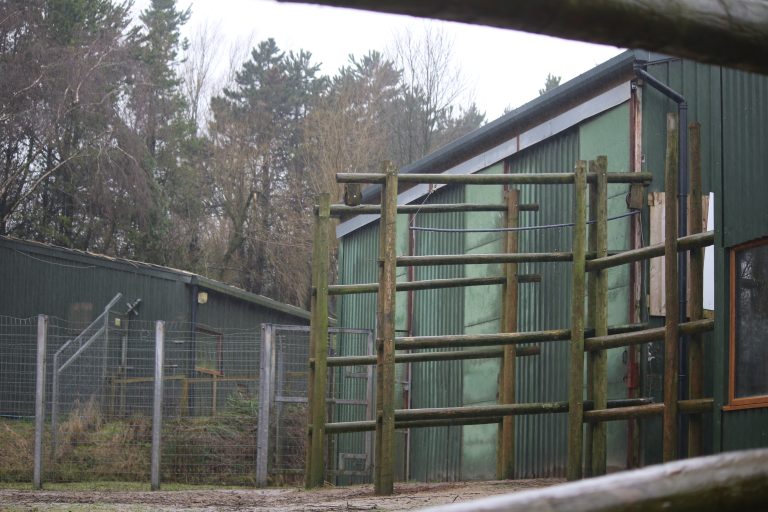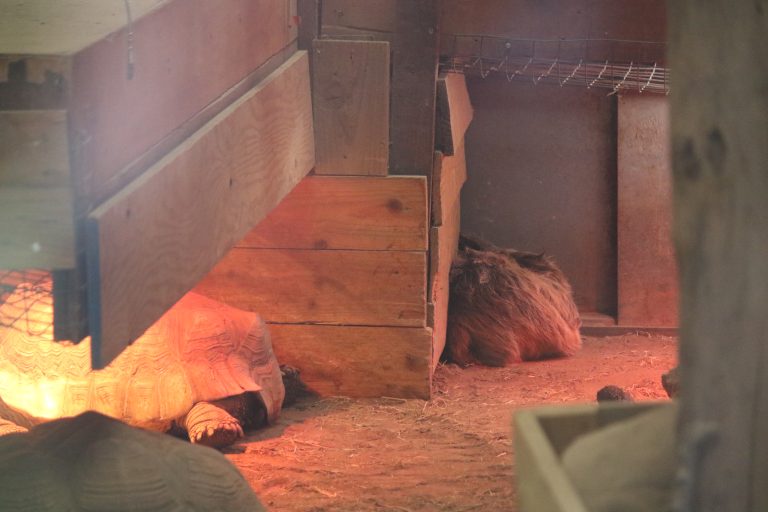Investigation: Safari Zoo, Cumbria (2024)
LOCATION: SAFARI ZOO CUMBRIA, LINDAL IN FURNESS
COUNTRY: UNITED KINGDOM
DATE OF VISIT: 15 FEBRUARY 2024
Born Free visited South Lakes Safari Zoo, Cumbria, to investigate conditions in which animals are being held, following up on our initial visit in October 2022, after which the zoo was issued with corrective orders by their local licensing authority.
OUR REPORT:
Born Free re-visited South Lakes Safari Zoo following continued reports from members of the public about the welfare of the animals kept at the facility and the zoo’s general condition. This allowed us to assess whether the zoo had addressed the issues identified by Born Free during our investigation in October 2022 and the conditions attached to their licence on the 16th February 2023 following a Special Inspection by Barrow-In-Furness Council (now Westmorland & Furness Council). Our observations suggest that the living conditions for animals and associated procedures continue to fail in many respects to meet the standards required under the Zoo Licensing Act 1981 or the Secretary of State’s Standards of Modern Zoo Practice.
Since our previous visit it is understood that a number of animals have died including, but not necessarily limited to, a zebra, giraffe, giant anteater and racoon. Additionally, the zoo’s flamingos, penguins, wolves, squirrel monkeys, a number of kangaroos and lemurs, and at least one rhino have all been transferred to other facilities.
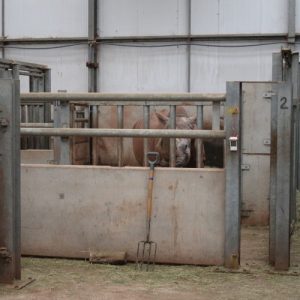 During our latest visit, of particular concern is the continued timeshare issue for the seven rhinos which remain at the zoo. This is despite the 1-year period, set by the licensing authority, for resolving the issue having now expired, indicating that the zoo has failed to meet its licensing Direction order. Three rhinos (one housed individually, and one adult and calf) were kept inside for the entirety of the visit. This was evidenced by several visits to the Africa House including upon entry to the zoo at 11.10, at 13.00 and at 14.50 prior to leaving. The adult and calf were shifted to a slightly larger indoor stall, whereas the individual rhino remained in a small stall for the entirety of the visit. The zoo seemingly continues to fail to accommodate and keep the animals as required by S.1A of the Zoo Licensing Act 1981 or in a manner consistent with the standards set out in the Secretary of State’s Standards of Modern Zoo Practice. This issue appears to have now been ongoing for over a year.
During our latest visit, of particular concern is the continued timeshare issue for the seven rhinos which remain at the zoo. This is despite the 1-year period, set by the licensing authority, for resolving the issue having now expired, indicating that the zoo has failed to meet its licensing Direction order. Three rhinos (one housed individually, and one adult and calf) were kept inside for the entirety of the visit. This was evidenced by several visits to the Africa House including upon entry to the zoo at 11.10, at 13.00 and at 14.50 prior to leaving. The adult and calf were shifted to a slightly larger indoor stall, whereas the individual rhino remained in a small stall for the entirety of the visit. The zoo seemingly continues to fail to accommodate and keep the animals as required by S.1A of the Zoo Licensing Act 1981 or in a manner consistent with the standards set out in the Secretary of State’s Standards of Modern Zoo Practice. This issue appears to have now been ongoing for over a year.
As witnessed previously, the giraffe feeding experience remains a significant concern. The giraffe experience began at approximately 12pm and lasted over 30mins involving groups of visitors which likely exceeded 40 in number, each feeding approximately 6-8 carrot pieces to a single giraffe. Giraffes require a high fibre browse diet and carrots are inappropriate in such high quantities due to their high sugar content. Feeds which are high in sugar content and require little chewing increase the likelihood of developing metabolic diseases such as rumen acidosis. No leafy browse was provided to the giraffes in the Africa House throughout the duration of the visit. Branches on the floor indicate a small quantity was provided prior to the zoo opening. Hay was present in high baskets; however, this is considered insufficient when fed in isolation. It continues to indicate that this is to encourage animals to participate in feeding experiences. We urge the local licensing authority to urgently investigate this ongoing practice and recommend that the ‘giraffe experience’ sessions are immediately curtailed.
On the whole, it is important to note that whilst the diets of zoo animals require veterinary approval under the Standards, it does not guarantee that the animals are consuming all of the items within their written diet. Further investigation should be urgently undertaken regarding the daily dietary intake of animals which feature in feeding experiences and whether animals are being provided with enough feeding opportunities which suit their behavioural needs.
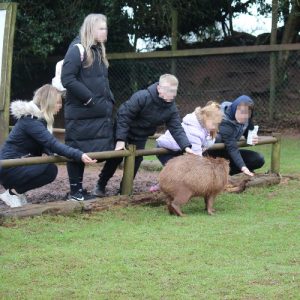 The public are also able to purchase animal food at the zoo entrance, however the feeding of animals in the walk-through areas was largely unsupervised. As a result, visitors were witnessed throwing food at animals and cornering animals to try and feed them. Additionally, food was also witnessed being thrown into enclosures housing animals who are not the intended recipients of the food which raises health concerns for those animals.
The public are also able to purchase animal food at the zoo entrance, however the feeding of animals in the walk-through areas was largely unsupervised. As a result, visitors were witnessed throwing food at animals and cornering animals to try and feed them. Additionally, food was also witnessed being thrown into enclosures housing animals who are not the intended recipients of the food which raises health concerns for those animals.
Evidence of stereotypical and anticipatory behaviours were witnessed from multiple species across the zoo throughout the day. Signs of zoochotic behaviour were particularly concerning for one of the zoo’s honey badgers. It was witnessed repeatedly running back and forth across a section of its overhead walkway throughout the day. Pacing was observed from the tiger and both jaguars. As with our previous investigation, oral stereotypies were observed for three giraffes, who were all licking the walls of the Africa House. One giraffe was also witnessed stereotypically neck twisting. It was not possible to assess the behaviour of the Andean bears or the male giraffe as they were shut into their indoor housing all day which raised concerns for their inability to access direct natural light and the overall space provided to them for a prolonged period of time.
The two-toed sloth continues to be housed with sulcata tortoises despite their greatly differing environmental requirements and natural geographical locations. The rainforest dwelling sloth is currently housed in a dry, sand environment intended for the tortoises. During our 2022 visit, concerns were raised about the sloth being under one of the lamps intended for the tortoises and being unnaturally close to the ground. On this occasion the sloth was resting on the ground which is a behaviour not witnessed in the wild.
 The heat provision in a number of enclosures once again appeared sub-standard. Ring-tailed lemurs were witnessed clinging to the fence near a heat lamp, the sloth is unnaturally descending to the ground and positioning itself underneath a heat lamp installed for the tortoises, all of the zoo’s tortoises do not appear to be able to fit under the lamps provided if all wished to access an artificial heat or UV source at the same time and the thermometer in the boa constrictor enclosure suggests that the ambient temperature within the enclosure is insufficient.
The heat provision in a number of enclosures once again appeared sub-standard. Ring-tailed lemurs were witnessed clinging to the fence near a heat lamp, the sloth is unnaturally descending to the ground and positioning itself underneath a heat lamp installed for the tortoises, all of the zoo’s tortoises do not appear to be able to fit under the lamps provided if all wished to access an artificial heat or UV source at the same time and the thermometer in the boa constrictor enclosure suggests that the ambient temperature within the enclosure is insufficient.
It is acknowledged that since our 2022 visit, there have been efforts to address previously identified issues with stand-off barriers and the condition of mesh walkways, but new holes have already begun to emerge. Other areas of the zoo appear to be poorly maintained. Tools were still present in animal enclosures when the animals had access, the outside baboon shelter was in a poor state of repair, the tapir house door was unlocked and open which could have allowed public access, and there was a large quantity of faeces that had accumulated in the meerkat enclosure.
The above provides just some examples of the issues observed during the visit. In summary, it is our strong view that the zoo continues to fail to meet even basic standards of animal welfare and visitor safety in a number of respects, as identified in October 2022.
Photographic evidence obtained during the 2024 visit can be viewed in the photo gallery below.
ACTION:
Born Free wrote to Westmorland & Furness Council and the zoo in March 2024 to formally highlight our concerns and outline specific failings against the Zoo Licensing Act and Secretary of State’s Standards of Modern Zoo Practice that were observed during the visit. We also urged consideration for the revocation of the zoo’s licence and its immediate closure under S.16B of the Zoo Licensing Act 1981, with relocation of the animals to more suitable accommodation at the earliest opportunity.
UPDATE: On 16/12/2024 the zoo operators announced that the zoo was to close to the public. Subsequently, the zoo closed on 31st December 2024. The exact details on the future of the animals and the site itself are unclear. Born Free is urging all parties to work together to ensure the welfare of the animals remains paramount until a time when appropriate homes can be secured for them.
SAFARI ZOO GALLERY (2024)
